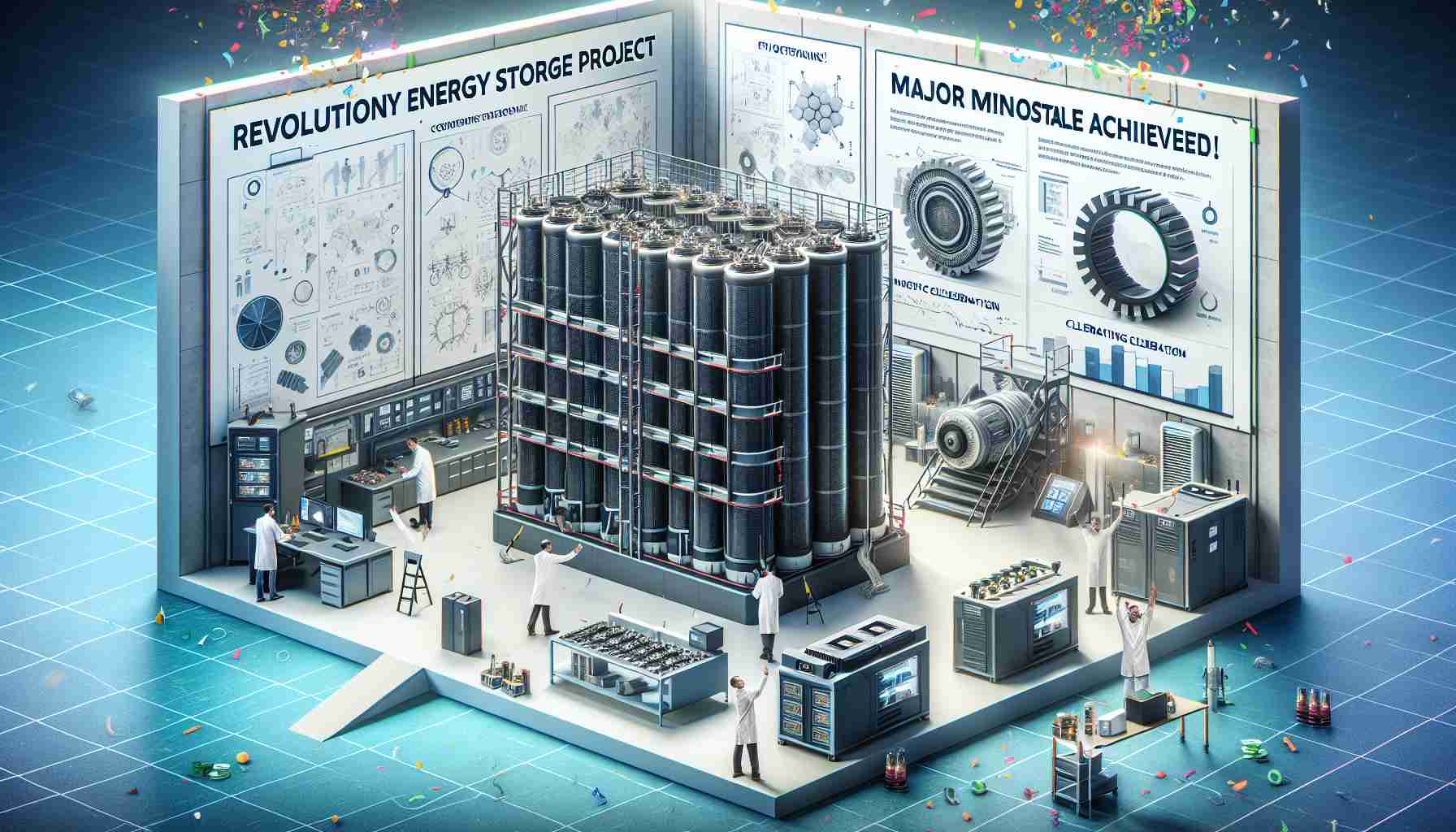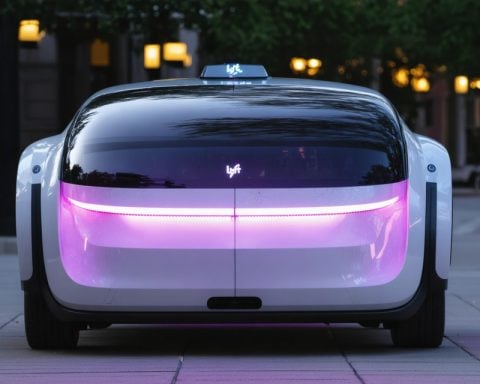Australia’s Supernode Battery Energy Storage System (BESS) has secured significant debt financing, marking a pivotal step in the project’s development. Quinbrook Infrastructure Partners announced that they have closed a financing deal worth AUD 280 million, which is critical for the construction of the Supernode in Queensland.
This innovative facility aims to enhance the country’s renewable energy infrastructure by integrating large-scale battery storage solutions. The project is expected to bolster grid stability and facilitate the transition to clean energy by storing excess power generated from renewable sources. Quinbrook’s commitment highlights the growing importance of energy storage systems in Australia’s shift towards sustainable energy.
Construction of the Supernode is set to commence shortly, with plans to deploy cutting-edge technology designed to maximize efficiency and output. The facility is also anticipated to create numerous job opportunities in the region, contributing to local economic growth. As the demand for energy storage grows, this project positions Australia at the forefront of renewable energy advancements.
The successful funding of the Supernode BESS is a testament to the increasing confidence in the renewable energy sector. As the nation strives to meet its climate goals, projects like these will play a crucial role in ensuring a reliable and environmentally friendly energy future. Quinbrook’s collaboration with key financial partners symbolizes an exciting evolution in how Australia is approaching energy storage and renewable sources.
Broader Implications of Australia’s Supernode Battery Energy Storage System
The establishment of Australia’s Supernode Battery Energy Storage System (BESS) signifies more than just a technological advance; it marks a transformative shift in how countries can leverage renewable energy. Australia’s ambitious project is likely to have profound implications for global energy dynamics, particularly in the context of energy independence and security. With a growing reliance on renewable resources worldwide, nations might look to similar models, prompting a global re-evaluation of energy strategies towards sustainability.
Furthermore, the deployment of large-scale battery storage fundamentally addresses the intermittency of renewable energy sources such as solar and wind. By effectively storing excess energy, the Supernode BESS stands to enhance grid reliability, ensuring that energy consumption does not falter during lulls in production. This capability is particularly vital as more regions endeavor to meet stringent climate commitments.
On an environmental front, the Supernode has the potential to significantly reduce carbon emissions, aiding Australia in its quest to achieve net-zero targets. As battery technology advances, it could enable not just local but regional energy-sharing networks, fostering cooperation and reducing reliance on fossil fuels across borders.
Looking ahead, the trend of investing in energy storage technology is expected to escalate as nations increasingly prioritize renewables. The Supernode’s success could inspire additional funding and development in associated technologies, creating a ripple effect across innovation and job creation in the green energy sector. As these infrastructures become integral to energy planning, their long-term significance will shape not only the Australian economy but also influence global standards for sustainable energy systems.
Australia’s Supernode Battery: A Game-Changer for Renewable Energy Storage
In a significant development for Australia’s renewable energy landscape, the Supernode Battery Energy Storage System (BESS) has secured an impressive AUD 280 million in debt financing from Quinbrook Infrastructure Partners. This funding marks a pivotal milestone in the project aimed at enhancing the country’s renewable energy infrastructure in Queensland.
Overview of the Supernode BESS
The Supernode is designed as a large-scale battery storage facility, which will play a crucial role in stabilizing the grid and improving the reliability of power supply. Its innovative design focuses on efficiently storing excess energy produced by renewable sources, ensuring that it can be utilized when demand peaks or supply wanes. This capability is essential for the transition toward a cleaner energy future.
Key Features and Innovations
1. Advanced Energy Storage Technology: The Supernode will employ state-of-the-art battery technology to optimize performance and output, providing an essential component in integrating renewables into the grid.
2. Grid Stability: By storing surplus energy from renewable sources like wind and solar, the Supernode will help balance supply and demand, reducing reliance on fossil fuels and enhancing the stability of the electricity grid.
3. Job Creation: The construction and operation of the facility are expected to create a substantial number of jobs, providing essential employment opportunities in Queensland’s region while stimulating local economic growth.
Benefits of the Supernode BESS
Pros:
– Enhanced Renewable Integration: The ability to store energy from fluctuating renewable sources makes the Supernode pivotal in transitioning to sustainable energy.
– Reduced Carbon Footprint: By maximizing the use of clean energy and minimizing dependence on fossil fuels, the facility aligns with Australia’s climate goals.
– Peak Demand Management: The storage system will help manage energy demands during peak hours, potentially lowering energy costs for consumers.
Cons:
– Initial Investment: The upfront costs associated with establishing advanced battery systems can be substantial and may affect short-term financial returns.
– Long-Term Sustainability: While battery technology is advancing, questions remain about the long-term sustainability and environmental impact of battery production and disposal.
Market Insights and Trends
As the global demand for energy storage solutions grows, Australia is positioning itself as a leader in the renewable energy sector. With the increasing adoption of electric vehicles, solar panels, and wind turbines, facilities like the Supernode are expected to attract further investment and innovation in energy storage technologies.
Security and Sustainability Aspects
The Supernode BESS not only enhances grid security but also contributes to sustainability efforts by enabling a higher penetration of renewables into the energy mix. This shift is vital for mitigating climate change impacts and ensuring energy reliability during disruptions or high-demand periods.
Closing Thoughts
The financing and impending construction of the Supernode Battery Energy Storage System represent a significant leap forward in Australia’s renewable energy journey. By embracing innovative solutions and fostering partnerships, Australia is not just aiming for energy security but is also paving the way for future advances in the clean energy sector. For further updates on renewable energy projects and investments, visit Quinbrook Infrastructure Partners.

















